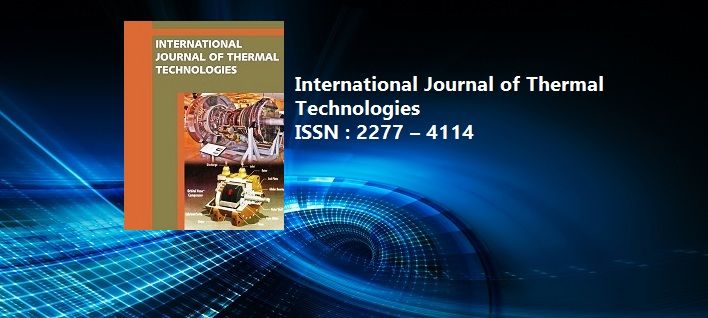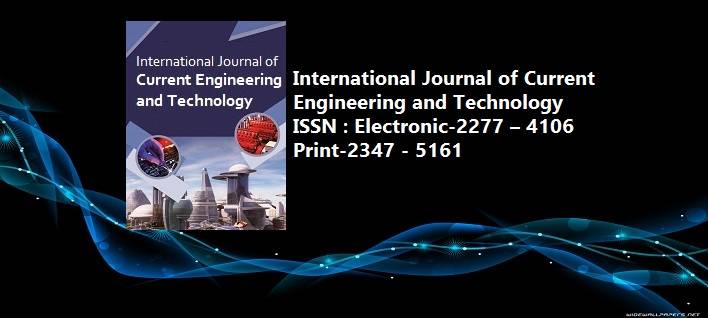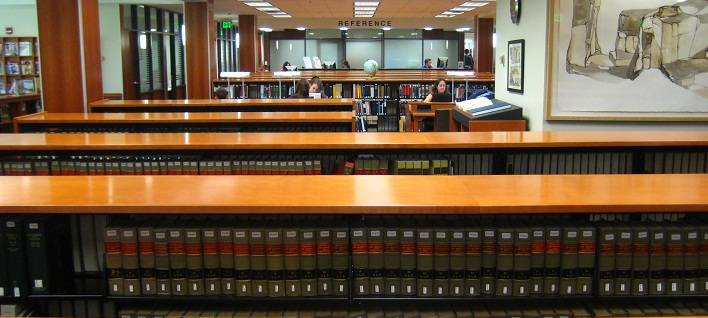Response surface methodology based optimization of operating parameters of variable compression ratio C.I. engine fuelled with diesel-fish oil blends for minimal emissions
Pages : 464-471, DOI:http://Dx.Doi.Org/10.14741/Ijcet/22774106/spl.5.6.2016.87
Download PDF
Abstract
Rapid decline in conventional hydrocarbon fuel reservoirs is forcing researchers all over the globe to hunt for alternatives for these hydrocarbon fuels. Fish oil extracted from discarded body parts of fish like head, tail, fins, etc. has shown promising results on a fixed compression ratio engine. Lot of studies regarding optimization of fish oil extraction methods are reported in the literature. However no study related to optimization of combustion parameters of diesel engine fueled with fish oil is reported in the literature. This paper presents the same study at three blends of fish oil viz. B15 (15% Fish oil+85% Diesel), B30 (30%Fish oil+70% Diesel), B45 (45% Fish oil +55% Diesel). Together with fish oil blends compression ratio, injection timing and load are the parameters varied in the experimentation. Compression ratio is varied from 15 to 18, injection timing is varied from 200 BTDC to 260 BTDC, and load is varied from 1/4th to full load. Experimentation is carried out as per response surface methodology from concept of design of experiment. HC, CO, CO2 and NOx are the combustion parameters kept under observation. A regression model is also postulated for each mentioned combustion parameters to predict them at different levels of input parameters. Model is validated by performing ANOVA. Significance of each input parameter on responses is studied through mean effect plots. Interaction effects between input parameters and various fish oil blends on responses are studied with the help of contour plots and commented in the paper. Further optimization of input parameters is carried out with composite desirability approach. The entire experimentation is confirmed with 95% confidence interval. Compression ratio 15:1, injection advance 210 BTDC and load 3kg and 22.5% fish oil blend were found to be optimal values in the test engine of 3.5kw at 1500rpm.
Keywords: Fish oil, Emission, Design of Experiment (DoE), Response surface mothod, Parametric optimization



















 MECHPGCON, MIT College of Engineering, Pune, India
MECHPGCON, MIT College of Engineering, Pune, India AMET, MIT College of Engineering, Pune, India
AMET, MIT College of Engineering, Pune, India International Conference on Advances in Mechanical Sciences
International Conference on Advances in Mechanical Sciences  International Symposium on Engineering and Technology
International Symposium on Engineering and Technology International Conference on Women in Science and Engineering
International Conference on Women in Science and Engineering




